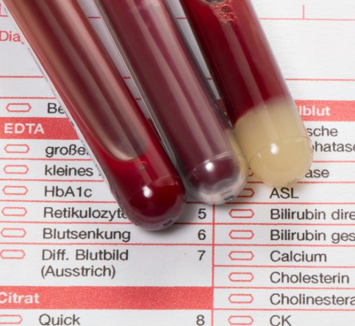What If You Have a Family History of Heart Disease Yet Were Told You Have a Normal Cholesterol Level?
For individuals with reason for special concern, especially those with a strong family history of heart disease who appear to have unremarkable levels on standard cholesterol tests, additional testing may be helpful to identify inherited risks.
Let’s explore 3 tests that you and your doctor might find useful in managing your heart health:
LDL Particle Size and Particle Number
LDL is the “bad” cholesterol that clogs blood vessels. LDL comes in different sizes—either small and dense or large and fluffy.
Although you might imagine that the larger particles are a bigger problem, the opposite is true. The small, dense LDL particles are more risky because they are better able to penetrate into the lining of arteries to cause plaque buildup. Small, dense LDL particles are like compact cars and more of them are needed to carry a given cargo of cholesterol. A high number of LDL particles is a strong risk, even if your standard cholesterol tests look “normal.”
Lp(a)
Think of Lp(a) as an “LDL with attitude” because of its dual role as a fat- and blood-clotting stimulant. Lp(a) is unusual because levels are determined almost entirely by inheritance and are not much affected by diet or lifestyle. High levels of Lp(a) are especially important to look for in those with a very strong family history of early heart disease.
Treatment of high Lp(a) is controversial. Lp(a) is one factor that does not respond appreciably to diet and lifestyle changes and there is no approved medical therapy. Niacin does lower Lp(a) somewhat, but recent studies involving niacin have not shown benefit. Lp(a) seems to do the most damage in people who also have a high level of LDL, so an indirect way of reducing the risk from Lp(a) is to drive LDL down especially low, often with diet, lifestyle, and statin medication.
High-Sensitivity CRP
High-sensitivity CRP is a measure of inflammation, and high levels may increase the risk of heart disease. Anything that irritates the body will boost CRP levels, including extra belly weight, smoking, and trans fats.
Optimal levels are under 1.0, neutral levels are between 1.0 and 2.0, and high levels are over 2.0. Blood tests drawn at the time of an infection or allergic reaction may not be reliable and should be repeated. There is no direct treatment for CRP apart from control of the irritants—including smoking cessation, weight loss, and good nutrition.
Reference:
Interested in living a healthier lifestyle?
Learn the essentials of eating and living healthfully in our interactive, user-friendly learning program for the public.
Clinicians: Do you feel confident responding to patient questions about nutrition?
Take our award-winning condensed interactive nutrition CME—and learn what every clinician should know about nutrition.



